Ortofon Test Record Handleiding
Bekijk gratis de handleiding van Ortofon Test Record (4 pagina’s), behorend tot de categorie DJ Gear. Deze gids werd als nuttig beoordeeld door 81 mensen en kreeg gemiddeld 4.9 sterren uit 41 reviews. Heb je een vraag over Ortofon Test Record of wil je andere gebruikers van dit product iets vragen? Stel een vraag
Pagina 1/4

RECORD
OrtofonLPuserguideTestRecord01.indd 1 22-11-2016 15:59:18

ORTOFON TEST RECORD
Thank you for purchasing the Ortofon Test Record.
Ortofon’s new Test Record is designed to allow you to verify your HiFi system in the most natural audio
surroundings at home. The Test Record contains special test signals developed for analyzing cartridge
performance as well as its interaction with your tonearm and turntable.
The Tests
Each side of the record consists of 15 tracks which have been cut from 1-4 and 5-15:
1. Frequency Sweep Left Channel 800 Hz – 50 kHz. Log. 28 sec. Linear cut* (800 – 20000 Hz ±1,5 dB)
2. Frequency Sweep Right Channel 800 Hz – 50 kHz. Log. 28 sec. Linier cut* (800 – 20000 Hz ±1,5 dB)
3. Frequency Sweep Left Channel 800 Hz – 50 kHz. Log. 28 sec. Linear cut* (800 – 20000 Hz ±1,5 dB)
4. Frequency Sweep Right Channel 800 Hz – 50 kHz. Log. 28 sec. Linear cut* (800 – 20000 Hz ±1,5 dB)
5. Reference tone 1000 Hz 5 cm/sec rms Left
6. Reference tone 1000 Hz 5 cm/sec rms Right
7. Reference tone 1000 Hz 5 cm/sec rms Left
8. Reference tone 1000 Hz 5 cm/sec rms Right
9. Tracking ability, lateral 50 μm peak
10. Tracking ability, lateral 60 μm peak
11. Tracking ability, lateral 70 μm peak
12. Tracking ability, lateral 80 μm peak
13. Tracking ability, lateral 90 μm peak
14. Tracking ability, lateral 100 μm peak
15. Square Wave Form 2.7 msec duty cycle 3:7
* The record has a constant velocity amplitude throughout the sweep.
Introduction
Before testing your cartridge, please verify the HiFi system’s functionality. The left speaker should be connected to the left amplifier
channel and vice versa; both speakers should work in phase and be optimally positioned in the room.
The Test Record is designed to be played through your system with in-built RIAA equalization. Volume control is recommended to
be set at a moderate signal level.
Please refer to your turntable and tonearm’s instructions for correct installation and alignment, adjust tonearm to be parallel to
record surface, set Vertical Tracking Force and antiskating according to the cartridge’s recommended technical data, and adjust
stylus overhang.
Azimuth adjustment or vertical alignment of the cartridge is very important for optimal channel separation.
The checking is easily done by lowering the cartridge onto a thin mirror placed on the record surface and examining whether the
reflection lines up square with the cartridge, when viewed from the front. During this test the tonearm must still be parallel to the
record surface. If not obtainable because of mirror thickness, remove record and work directly on the mat. To adjust, check the
manual for the turntable or cartridge.
OrtofonLPuserguideTestRecord01.indd 2 22-11-2016 15:59:18

1-4 Frequency sweep – a tool for
checking frequency response
There are several factors which can affect frequency
response, including cable capacitance, cartridge
loading, tracking force and worn parts. Because of
this, it can be difficult to achieve perfectly flat frequency
response. Sometimes by making small compromises in
the cartridge loading, a better overall frequency response
can be achieved. Considering the above the signal must be
clean throughout the sweep.
5-8 Reference tone for testing channel output
With this standard reference signal it is possible to check the
correctness of the connections of the left and right channels, channel
balance and speed of the turntable.
9 -14 Tracking ability test, 315 Hz lateral modulation
These tracks contain a 315 Hz signal, recorded at increasing pick amplitudes of
50, 60, 70, 80, 90 and 100 micrometers. Please refer to your cartridge’s tracking
ability value specified in the technical data sheet. Your cartridge should be able to track
the actual level without audible distortion. Inability to track can be heard as a departure from
a pure tone or a sputtering and intermittent tone. To determine if it is one or both channels, the
balance control can be utilized. In case of differing tracking ability in the left and right channels it is
probably necessary to readjust the anti-skating correction of the tonearm. If both channels fail to track
properly, then vertical tracking force should be increased until no further improvement of tracking force can be
obtained.
15 Square Wave Form 2.7 msec duty cycle 3:7
When monitoring the output of your cartridge with an oscilloscope you’ll then see a square wave located precisely above each
other if the connection from the cartridge is correct.
Conclusion
After successful completion of the above test procedures, you can ensure that your cartridge is optimized. Still the human ear is
very sensitive to difference in tone distortion; its level depends on the stylus condition and record wear. To maintain optimal sound
reproduction and to minimize wear on your records as well as on your stylus, we recommend the following procedure before and
after each playback:
-
Remove dust carefully from record surfaces by using a fine antistatic brush or cloth before every use.
-
Please remember to remove dust from the diamond tip before and after playback of each record.
-
In order to keep electrical contacts clean and to lubricate the knurled nut on the tonearm, Ortofon
recommends occasionally a light spray of contact cleaner like DeoxIT
®Gold G-Series into the
tonearm socket.
It should be noted that some phono equalizers may generate some tone distortion, which cannot be
referred to the cartridge.
OrtofonLPuserguideTestRecord01.indd 3 22-11-2016 15:59:19
Product specificaties
| Merk: | Ortofon |
| Categorie: | DJ Gear |
| Model: | Test Record |
Heb je hulp nodig?
Als je hulp nodig hebt met Ortofon Test Record stel dan hieronder een vraag en andere gebruikers zullen je antwoorden
Handleiding DJ Gear Ortofon

26 Mei 2024

10 Juni 2023

25 Mei 2023

22 Mei 2023

21 Mei 2023

13 Mei 2023

11 Mei 2023
Handleiding DJ Gear
- Technics
- Hercules
- Nevir
- Behringer
- Fun Generation
- Fuzzix
- JTS
- AVerMedia
- EVO
- Stanton
- Cambridge
- RME
- Zomo
- Miditech
- Denon DJ
Nieuwste handleidingen voor DJ Gear
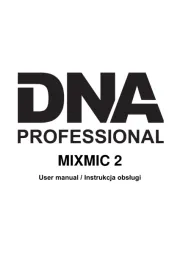
9 September 2025
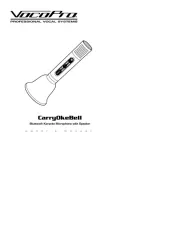
30 Augustus 2025
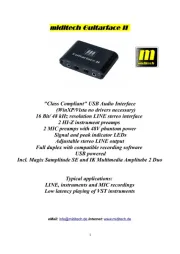
5 Augustus 2025
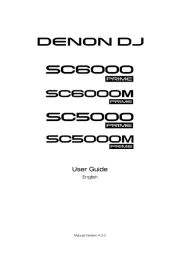
5 Augustus 2025
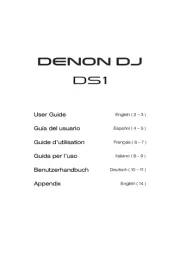
4 Augustus 2025
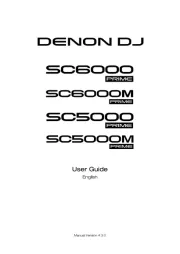
4 Augustus 2025
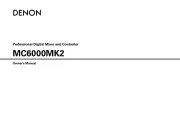
4 Augustus 2025
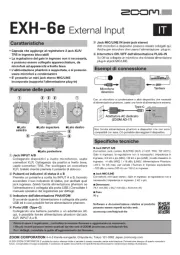
3 Augustus 2025

29 Juli 2025
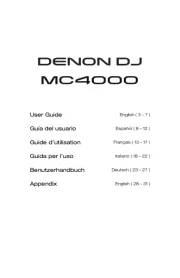
29 Juli 2025